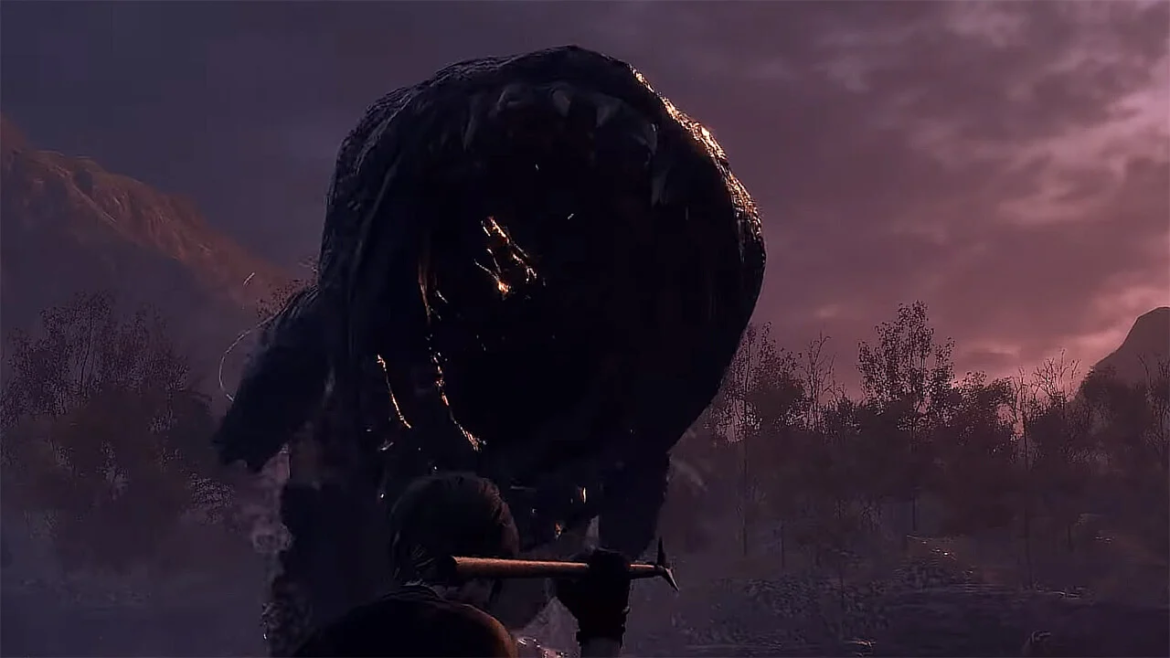Welcome back readers.
Whether you happen to be recovering from a holiday weekend or just business-as-usual, thanks for stopping by! We’ve got eleven new picks for your reading pleasure, so let’s dig right in.
This Week in Videogame Blogging is a roundup highlighting the most important critical writing on games from the past seven days.
State of the Art
This week we’re opening with new meditations on the role of the critic, as well as on the corporate convergence towards which the games industry is ever-lurching.
- THE SPECTACULAR LEVIATHAN | cohost
Kaile Hultner asks what criticism does and might look like in a corporate and consumer landscape increasingly hostile to critics. - In Agreement with No Escape: Towards a Guerrilla Criticism | Aguas’ Points
Luis Aguasvivas applies some logistical context to Kaile’s call. - Tim Sweeney’s Big Horrible Soup | cohost
Christopher attacks the problem of corporate consolidation from a developer’s perspective as the Unreal Engine grows progressively more polished, popular, and profitable.
“The more Unreal Engine is absorbed into a vertically integrated “ecosystem” of content and sales and education platforms, a sort of Big Soup Pot into which goes everything everyone does, the more control Epic has over your work and your life and the less control you have. At some point, like with YouTube, the line between using a tool to have fun or as part of your own job or artistic practice versus being simply an unpaid employee of a giant company who is visibly exploiting you starts to become very blurry.”
Crit Shelf
How about a couple of book reviews? Press Start has just published a wide array of them, and I’ve earmarked two here I’m hoping will be of interest.
- Review: Play Like A Feminist | Press Start
Beatrix Livesey-Stephens unpacks the roles of work, care, and disruption in Shira Chess’ feminist approach to play. - Review: Experimental Games: Critique, Play, and Design in the Age of Gamification | Press Start
Courtney Blamey evaluates Patrick Jagoda’s summation of games as both a product of neoliberal design values and a potential site of critique of those same values.
“The concepts Jagoda presents here are both integral in designing experiences in this contemporary moment but are equally analytical tools that can allow for the critique of neoliberalism. According to Jagoda, then, these concepts offer a holistic toolkit to engage with, and challenge, the existing norms around gamification and neoliberalism (precarity, regulation, policing, rationality) through making or analysing games.”
Art Forms
Here we’ve got two pieces on the ways in which games both reflect on and foster communities of art-making.
- Rolling Up | Unwinnable
Phoenix Simms dwells on art-making, materialism, and more than one little prince in a reflection on Katamari‘s sophmore entry. - RollerCoaster Tycoon and the art of niche hobbies | Overland
Zac Picker muses–via RollerCoaster Tycoon–on how niche art finds its own intra-communal value.
“I could sit here and try and persuade you of the ways in which ‘theme park design’ is a novel artform. But to some extent, the real beauty of this kind of work is that it doesn’t have an external audience. The visual arts, literature, film—people who don’t do them, still appreciate. Nobody else cares about RollerCoaster Tycoon, except the people who care about RollerCoaster Tycoon. There is a particularly pure joy to be found in such holistically creative collectives.”
New-and-Recent
Prey is officially, canonically recent until I can finally find the time to play it. Thank you for your understanding.
- Resident Evil 4: Come back any time! | Kimimi The Game-Eating She-Monster
Kimimi positions Resident Evil 4 Remake as a capstone on the series’ successful new house style. - The Humans Are Dead | Unwinnable
Ruth Cassidy wonders if Terra Nil sidesteps the question of how humans might fit into the work of undoing the ravages of climate change. - Eat, Prey, Love | Unwinnable
Maddi Chilton studies the ways in which Prey perturbs the binaries of human and alien, analog and digital.
“The question at the heart of Prey is whether Morgan is more human than alien. That’s decided by biology, but it’s also decided by movement and interaction, by the relationship between Morgan and their environment, how they choose to traverse space and play with it. It’s not as simple as friction vs. efficiency, but it does operate within that binary – as Morgan simplifies their world, takes the parts of each element that suits them and builds it into a form that they find pleasing, they say something about themself, and about the material shape of their reality. How they live, how they intend to live, who they are.”
Critical Chaser
Actually I need to finish this one too.
- Nuts to Mario: How a £10 discount made me a ‘Wario Kid’ for life | VG247
Francisco Dominguez is squarely in the antihero’s corner with this personal lookback at the original Wah-troidvania.
“Mario’s just a bit of a square, a bland normcore hero. Meanwhile, Wario couldn’t care less what people think of him; as a kid, I idolised him for that.”
Subscribe
Critical Distance is community-supported. Our readers support us from as little as one dollar a month. Would you consider joining them?
Contribute
Have you read, seen, heard or otherwise experienced something new that made you think about games differently? Send it in!


